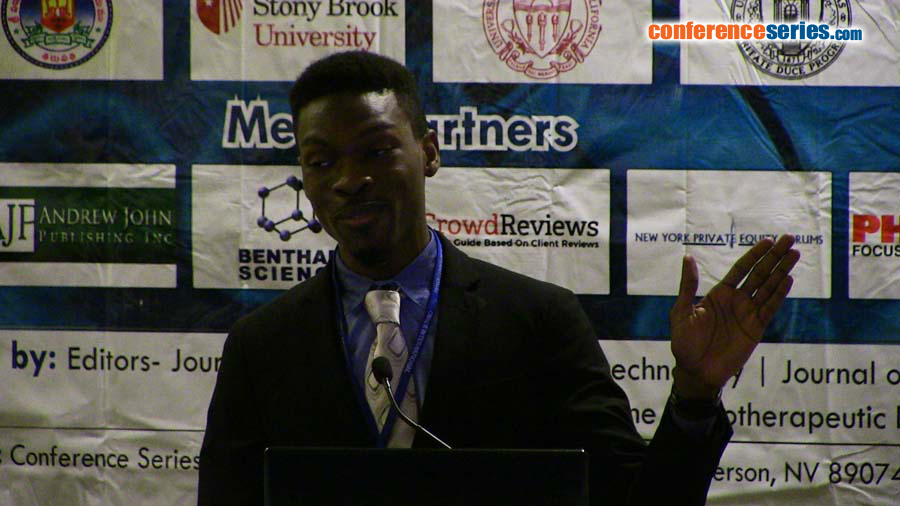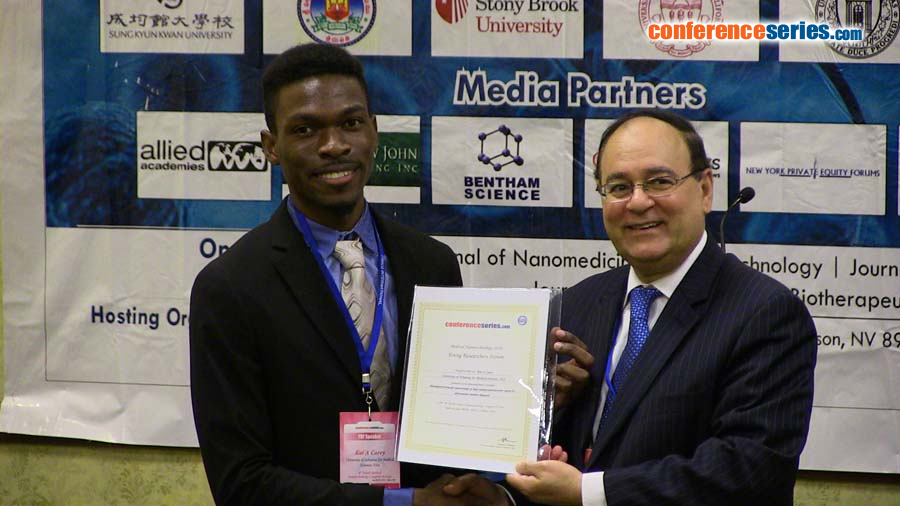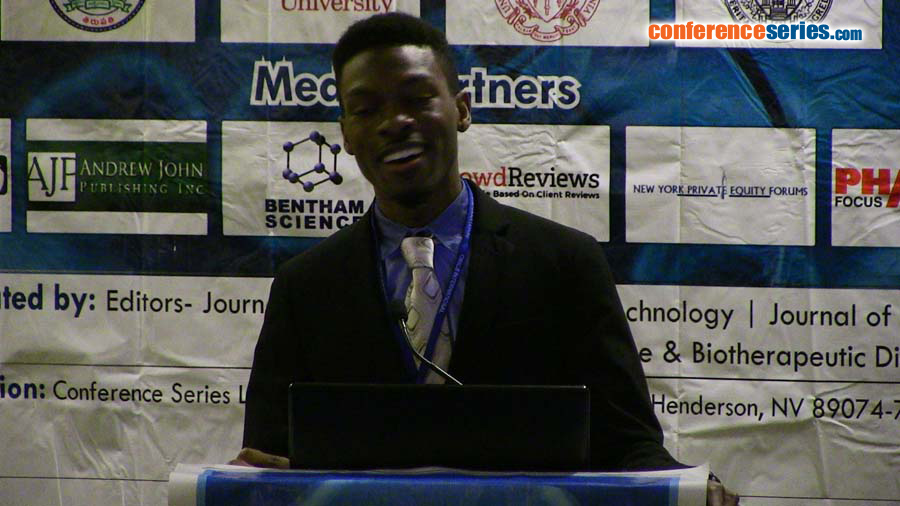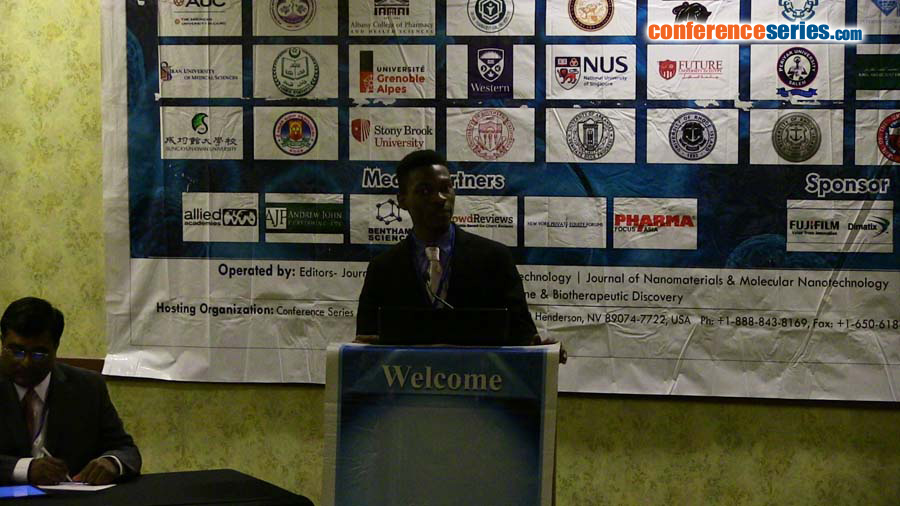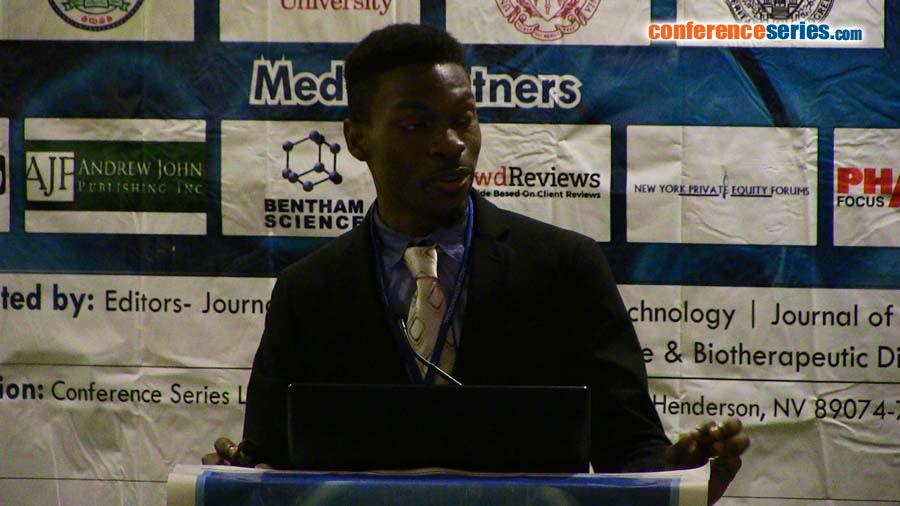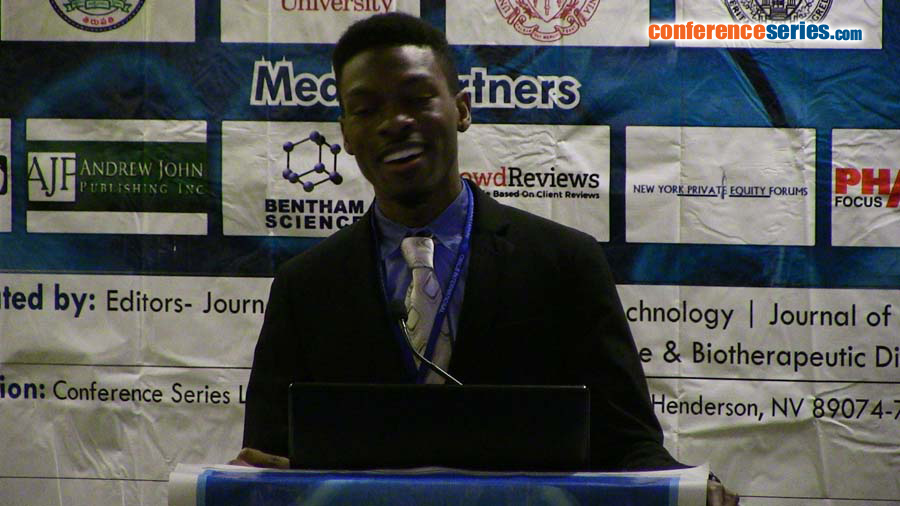
Kai A Carey
University of Arkansas for Medical Sciences, USA
Title: Bioinspired hemozoin nanocrystals as high contrast photoacoustic agents for ultrasensitive malaria diagnosis
Biography
Biography: Kai A Carey
Abstract
Unprecedented nanotechnological advances promise to revolutionize deadly disease diagnosis and therapy by enhancing imaging contrast and improving drug/vaccine delivery. Nevertheless, challenges still remain in treating malaria which kills over half a million people every year. Early disease diagnosis and accurate staging are crucial for good treatment outcomes. We show here that early noninvasive (needleless) label-free diagnosis and, hence well-timed treatment of malaria are feasible by the use of hemozoin nanocrystals as intrinsic high contrast photoacoustic (PA) agents in combination with in vivo PA flow cytometry (PAFC). Hemozoin, with the average size of 50-400 nm are created in infected red blood cells (RBCs) as a result of detoxification of the byproducts from hematophagous parasites, in particular, P. yoelii. We discuss the properties of these not yet well characterized NPs and demonstrate that they can provide very high levels of PA contrast in infected RBCs above hemoglobin background comparable to that of engineered artificial metal nanoparticles (NPs) used for targeting circulating tumor cells and bacteria. Moreover, laser-induced vapor nanobubbles around overheated hemozoin nanocrystals as a PA signal amplifier makes it possible to detect rare infected RBCs even in deep vessels that improve diagnostic speed and sensitivity. PA detection of hemozoin in combination with fluorescent detection of GFP-expressing parasites provide a detailed real-time picture of infection dynamics. Laser disruption of hemozoin containing RBCs may be used for destruction of infected cells. We are confident that natural hemozoin nanoparticles may find multiple applications in health care similar to those of metal engineered nanomaterials.


